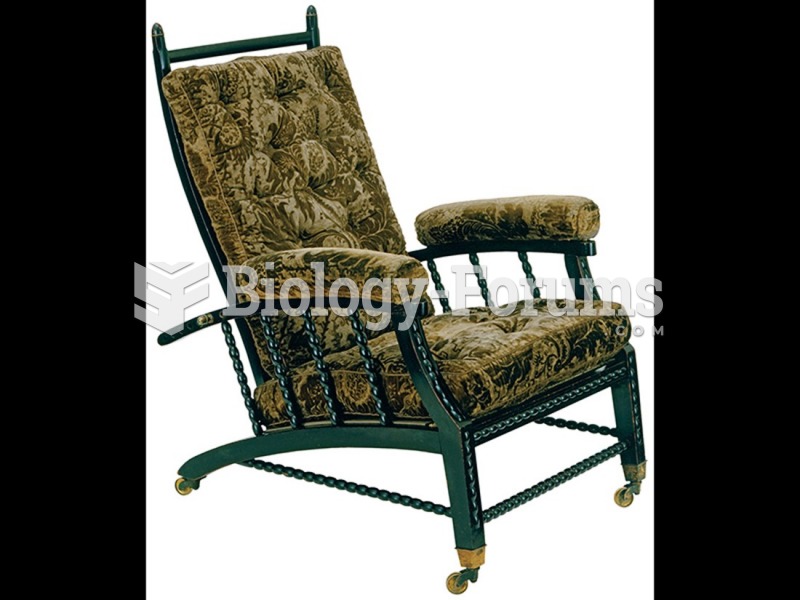Answer to Question 1
Capture errors: Intending to deviate from a routine activity we are implementing in familiar surroundings, but at a point at which we should depart from the routine, we fail to pay attention and to regain control of the process; hence, the automatic process captures our behavior, and we fail to deviate from the routine.
Omissions: An interruption of a routine activity may cause us to skip a step(s) in implementing the remaining portion of the routine.
Perseverations: After completing an automatic procedure, one or more steps of the procedure may be repeated.
Description errors: An internal description of the intended behavior leads to performing the correct action on the wrong object.
Data-driven errors: Incoming sensory information may override the intended variables in an automatic action sequence.
Associative-activation errors: Strong associations may trigger the wrong automatic routine.
Loss-of-activation errors: The activation of a routine may be insufficient to carry it through to completion.
Answer to Question 2
Alerting: Alerting is defined as being prepared to attend to some incoming event, and maintaining this attention. Alerting also includes the process of getting to this state of preparedness. The brain areas involved in alerting are the right frontal and parietal cortexes as well as the locus coeruleus. The neurotransmitter norepinephrine is involved in the maintenance of alertness. If the alerting system does not work properly, people develop symptoms of ADHD; in the process of regular aging, dysfunctions of the alerting system may develop as well.
Orienting: Orienting is defined as the selection of stimuli to attend to. This kind of attention is needed when we perform a visual search. You may be able to observe this process by means of a person's eye movements, but sometimes attention is covert and cannot be observed from the outside. The orienting network develops during the first year of life. The brain areas involved in the orienting function are the superior parietal lobe, the temporal parietal junction, the frontal eye fields, and the superior colliculus. The modulating neurotransmitter for orienting is acetylcholine. Dysfunction within this system can be associated with autism.
Executive Attention: Executive attention includes processes for monitoring and resolving conflicts that arise among internal processes. These processes include thoughts, feelings, and responses. The brain areas involved in this final and highest order of attentional process are the anterior cingulate, lateral ventral, and prefrontal cortex as well as the basal ganglia. The neurotransmitter most involved in the executive attention process is dopamine. Dysfunction within this system is associated with Alzheimer's disease, borderline personality disorder, and schizophrenia.







